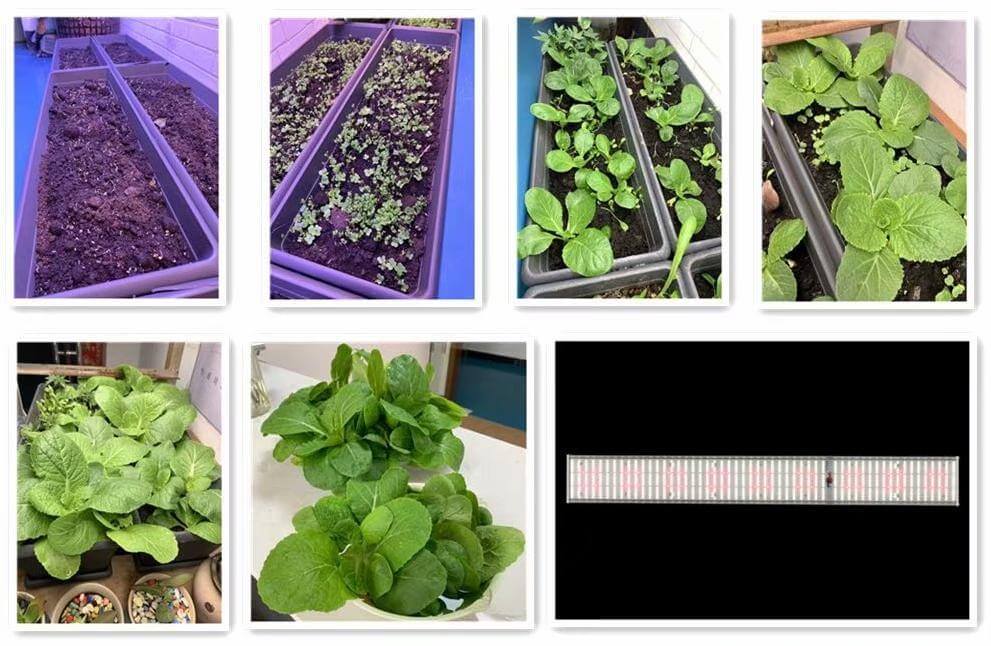When spring returns to the earth, all things grow; when winter comes, all things wither. This is the unchanging law of nature. This is because there is plenty of sunshine in spring, with suitable temperature and moisture, while in winter, the sunshine is blocked by thick clouds, the temperature drops, and everything naturally enters a state of hibernation and stops growing. This natural phenomenon continued for a long time until the birth of LED grow lights. LED plant light is a kind of lamp developed according to the principle that sunlight promotes plant photosynthesis, which can replace sunlight to promote plant growth and development.

Low light is a common objective factor affecting plant growth, reducing the photosynthesis, growth and yield of plants under natural cultivation conditions. Can the commonly used fluorescent lamps at home solve the problem of supplementary lighting for plants? Many home lighting and decorative lights are also red and blue, but this kind of light has no fill light effect on plants. Because only blue light with a wavelength of 450-470 nanometer and red light with a wavelength of about 660 nanometer have a supplementary light effect on plants, red and blue lights that are not in the wavelength range have no effect on plants. Therefore, the fluorescent lamps at home cannot promote the photosynthesis of plants.
LED plant lights are completely comparable to sunlight, and can completely replace sunlight in winter to provide a reasonable lighting environment for plants. In many times when there is no sunlight, such as lightning and thunder, dark clouds cover the sun, wind and rain, fog, frost, snow and hail, plant lights can be used to fill in the light; when the sun is setting, and darkness falls on the earth, plants can also be used. The lamp is used for fill light; in the basement, in the plant factory, and in the greenhouse, the plant lamp can be used for fill light. LED grow lights have more advantages than sunlight, because LED grow lights are controllable, such as when to turn on the lights, when to turn off the lights, when to use how much light, when to use how much red and blue light, everything It’s all within your grasp. Different plants require different intensities of light, with different light saturation points and light compensation points. In different growth stages, they need different spectrums of light. Red light promotes flowering and fruiting, and blue light promotes stem growth and leaf growth. These can be artificially produced. It can be adjusted by the sun, and the sun can’t, it can only be left to fate. It can be seen that LED plant lights have more targeted advantages than sunlight. With the help of LED plant lights, crops tend to mature faster, have higher yields and better quality than plants under sunlight.
Plant lights are widely used in greenhouses, flower planting, indoor gardens, vegetables and fruits, farms, potted plants, hydroponics, tissue culture and other industries. Kingrowlight specializes in the research, development and production of plant lights. The products sell well at home and abroad, and are exported to more than 20 countries and regions including the United States, Europe, Canada, and the Middle East.
